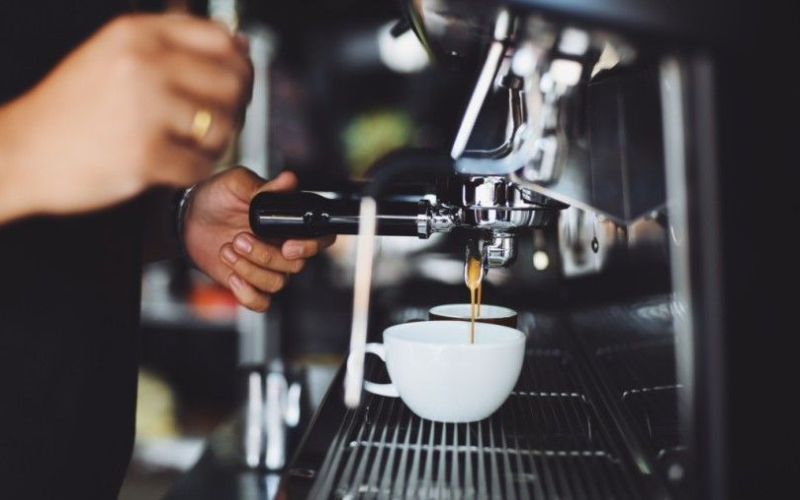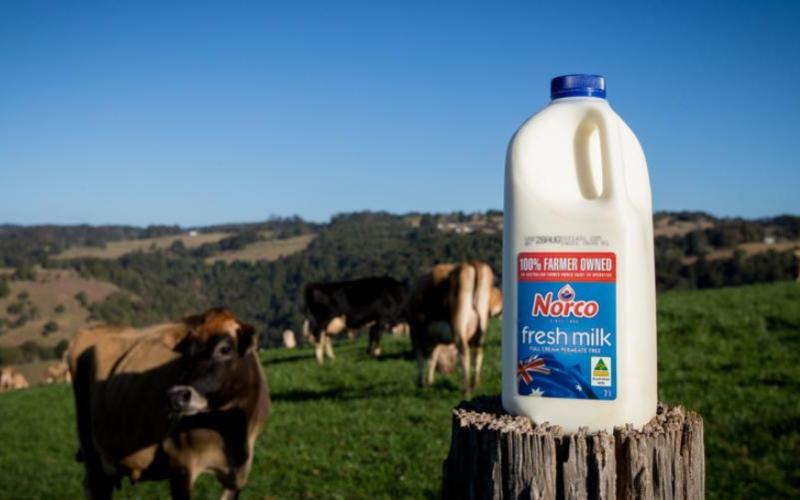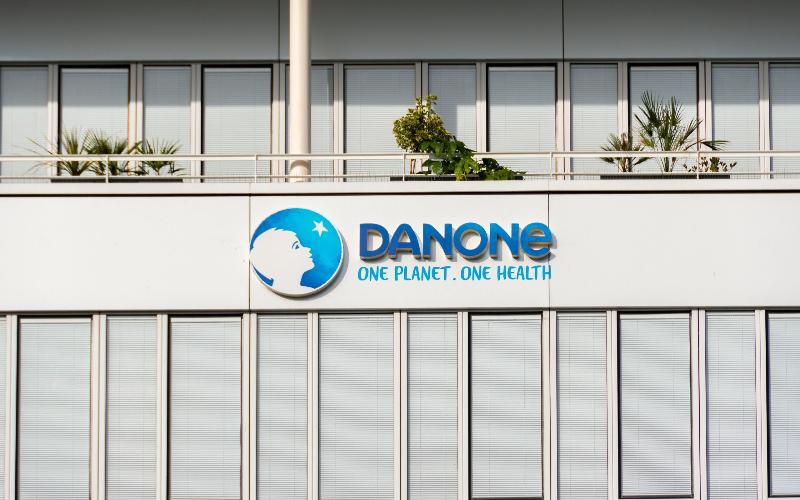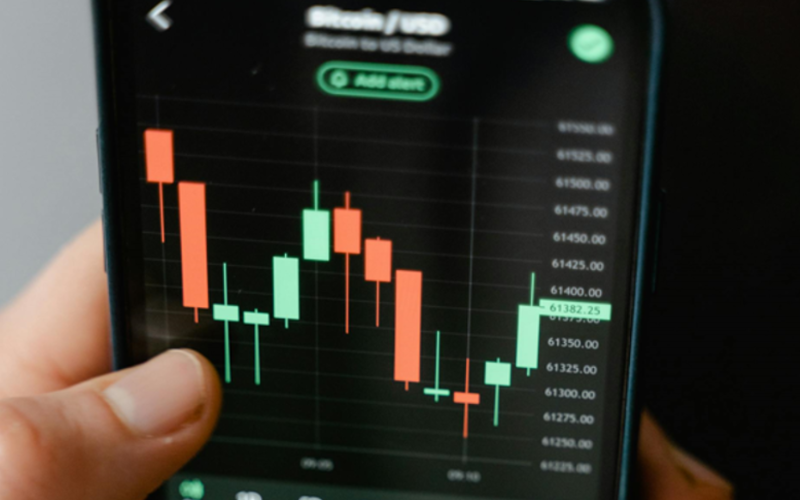The coffee market is showing growth amid a weakening dollar and declining inventories

The global coffee market is experiencing a price recovery after a prolonged decline.
Arabica futures for September delivery (KCU25) rose by 0.39%, while September robusta contracts (RMU25) gained 3.43%.
The price increase is driven by a decline in the U.S. Dollar Index (DXY) to its lowest level in over three years, which encouraged short-covering.
Additional support for the robusta market came from inventory data: according to ICE monitoring, robusta stockpiles fell to a five-week low of 5,108 lots.
Nevertheless, the coffee market remains volatile.
Over the past seven weeks, prices have been under pressure due to expectations of increased global production. Market participants note progress in Brazil’s harvest: according to Safras & Mercado, as of June 11, 35% of the crop had been harvested, which is in line with the five-year average but slightly behind last year’s level (37%).
The situation is further complicated by adverse weather conditions.
Heavy rainfall in certain regions of Brazil has slowed arabica harvesting. According to Cooxupe, the country’s largest coffee export cooperative, only 24.3% of the arabica crop had been harvested as of June 20 — significantly below last year’s figure of 34.2%.
Meanwhile, a lack of rainfall in key growing areas of Brazil continues to support prices.
According to Somar Meteorologia, no precipitation was recorded in the state of Minas Gerais — Brazil’s largest arabica-producing region — during the week ending June 21.
The USDA's updated global production forecast applied moderate pressure to the market.
According to the Foreign Agricultural Service, global coffee production in the 2025/26 marketing year is projected to increase by 2.5% to a record 178.68 million bags. Robusta output is expected to reach 81.66 million bags (+7.9% year-over-year), while arabica production could decline by 1.7% to 97 million bags.
One supportive factor for the market is the decline in exports from Brazil.
In May, the country’s green coffee shipments fell 36% year-on-year to 2.8 million bags.
At the same time, declining production in Vietnam continues to support prices.
In the 2023/24 season, the country’s coffee harvest fell by 20% to a four-year low of 1.47 million tons. Furthermore, exports in 2024 declined by 17.1%, and from January to May this year, dropped another 1.8%.
Despite this, the USDA expects Vietnam’s coffee production to recover in 2025/26, rising 6.9% to 31 million bags.
According to Volcafe, the global arabica market could face a deficit of 8.5 million bags in 2025/26 — higher than this year’s shortfall of 5.5 million bags.
If realized, this would mark the fifth consecutive year of arabica supply deficit.














